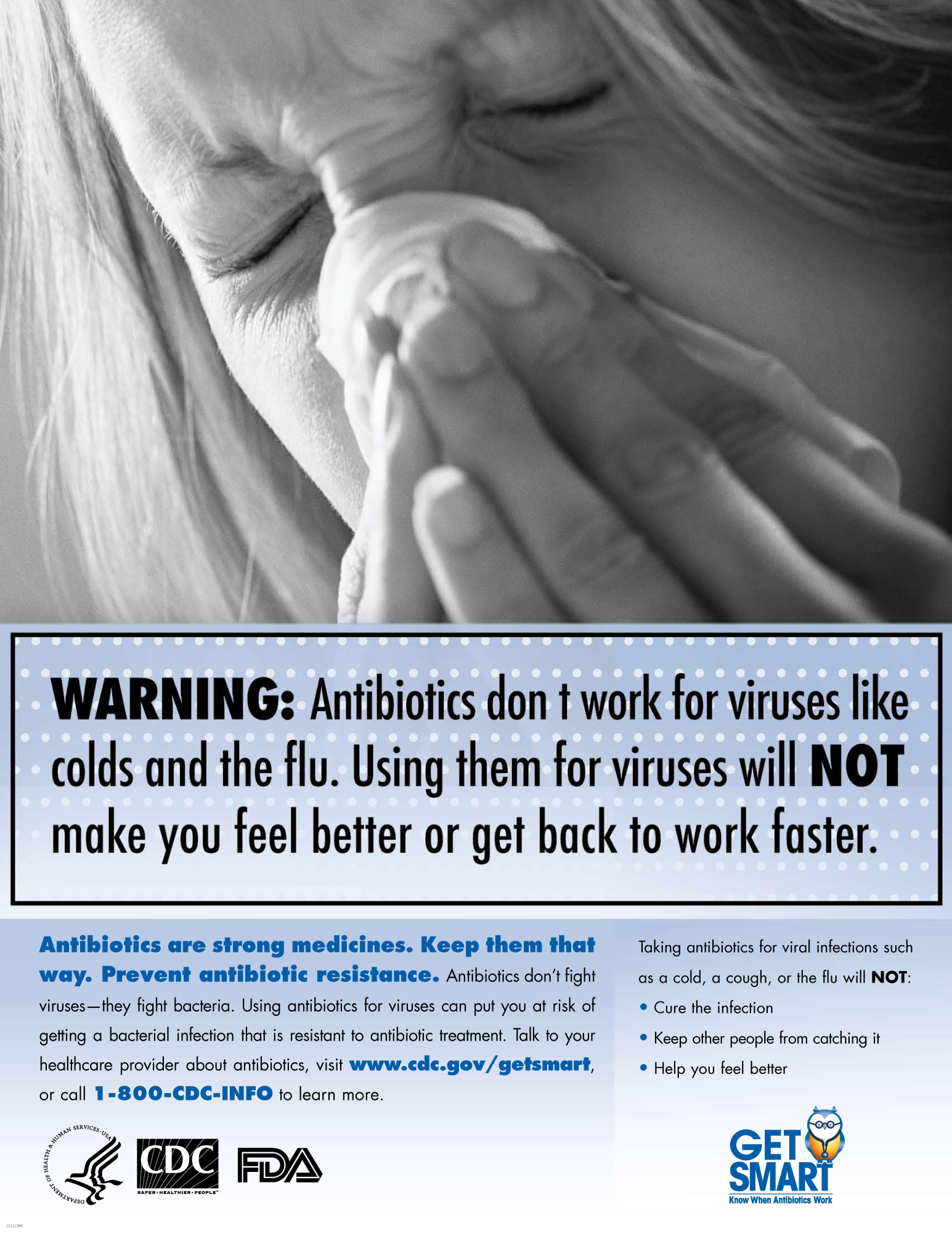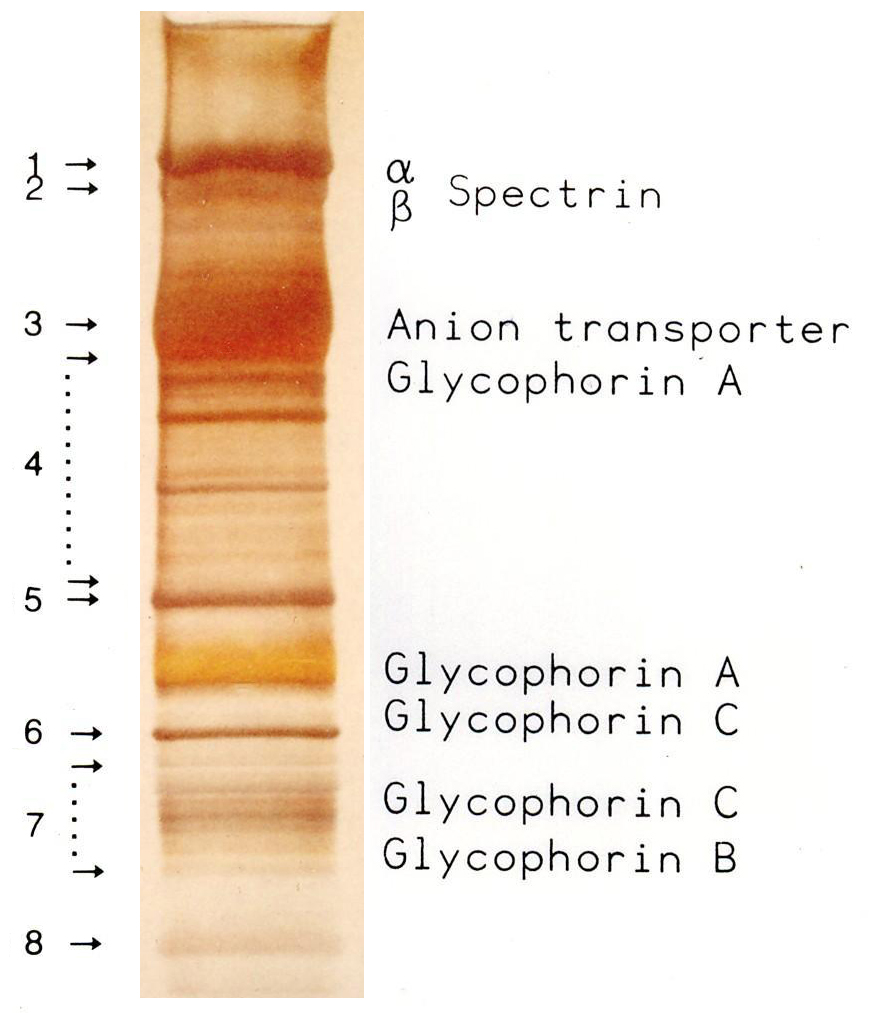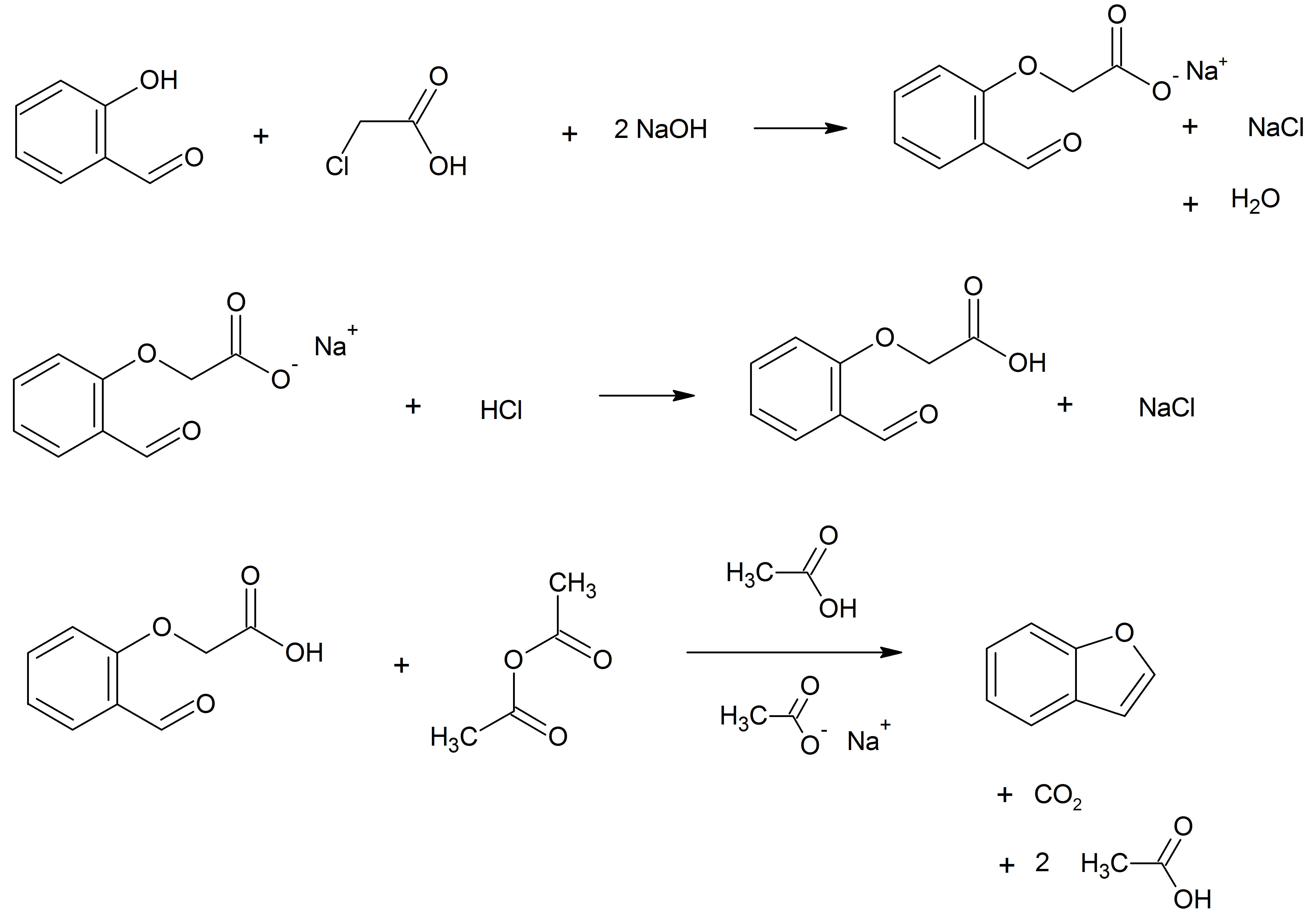|
Afabicin
Afabicin (Debio 1450) is an experimental antibiotic developed by Debiopharm for the treatment of ''Staphylococcus aureus'' infections. It is a prodrug which is converted ''in vivo'' into the active form afabicin desphosphono (Debio 1452) which acts as an inhibitor of the staphylococcal enoyl-acyl carrier protein reductase (FabI) enzyme. It has shown similar efficacy in clinical trials to established drugs such as vancomycin, but has not yet been approved for clinical use. See also * Mupirocin Mupirocin, sold under the brand name Bactroban among others, is a topical antibiotic useful against superficial skin infections such as impetigo or folliculitis. It may also be used to get rid of methicillin-resistant ''S. aureus'' (MRSA) wh ... * Nilofabicin References {{reflist Antibiotics Acrylamides Benzofurans Naphthyridines Organophosphates ... [...More Info...] [...Related Items...] OR: [Wikipedia] [Google] [Baidu] |
Debiopharm
Debiopharm is a Privately held company, privately-held Switzerland, Swiss biopharmaceutical company mainly active in drug development, development and Clinical trial, clinical testing of Drug discovery, drug candidates. It was founded in 1979 by Rolland-Yves Mauvernay. The company now has 2 sites in Lausanne and in Martigny, Switzerland with new building expansion projects in both locations. History :fr:Rolland-Yves Mauvernay, Rolland-Yves Mauvernay founded Debiopharm in 1979 in Martigny, Switzerland. In 1981, the Cytotech laboratory was created and after a few years it became Debio Recherche Pharmaceutique (R.P.), then Debiopharm Research & Manufacturing. Initially, the company worked on interferon and, in 1982, it began to focus on triptorelin, after having acquired the rights for its development from Tulane University. Triptorelin is a Gonadotropin-releasing hormone agonist (GnRH agonist) that has been approved for several indications, including advanced prostate cancer and ... [...More Info...] [...Related Items...] OR: [Wikipedia] [Google] [Baidu] |
Antibiotic
An antibiotic is a type of antimicrobial substance active against bacteria. It is the most important type of antibacterial agent for fighting pathogenic bacteria, bacterial infections, and antibiotic medications are widely used in the therapy, treatment and antibiotic prophylaxis, prevention of such infections. They may either bactericide, kill or bacteriostatic agent, inhibit the growth of bacteria. A limited number of antibiotics also possess antiprotozoal activity. Antibiotics are not effective against viruses such as the ones which cause the common cold or influenza. Drugs which inhibit growth of viruses are termed antiviral drugs or antivirals. Antibiotics are also not effective against fungi. Drugs which inhibit growth of fungi are called antifungal drugs. Sometimes, the term ''antibiotic''—literally "opposing life", from the Greek language, Greek roots ἀντι ''anti'', "against" and βίος ''bios'', "life"—is broadly used to refer to any substance used against ... [...More Info...] [...Related Items...] OR: [Wikipedia] [Google] [Baidu] |
Staphylococcus Aureus
''Staphylococcus aureus'' is a Gram-positive spherically shaped bacterium, a member of the Bacillota, and is a usual member of the microbiota of the body, frequently found in the upper respiratory tract and on the skin. It is often positive for catalase and nitrate reduction and is a facultative anaerobe, meaning that it can grow without oxygen. Although ''S. aureus'' usually acts as a commensal of the human microbiota, it can also become an opportunistic pathogen, being a common cause of skin infections including abscesses, respiratory infections such as sinusitis, and food poisoning. Pathogenic strains often promote infections by producing virulence factors such as potent protein toxins, and the expression of a cell-surface protein that binds and inactivates antibodies. ''S. aureus'' is one of the leading pathogens for deaths associated with antimicrobial resistance and the emergence of antibiotic-resistant strains, such as methicillin-resistant ''S. aur ... [...More Info...] [...Related Items...] OR: [Wikipedia] [Google] [Baidu] |
Prodrug
A prodrug is a pharmacologically inactive medication or compound that, after intake, is metabolized (i.e., converted within the body) into a pharmacologically active drug. Instead of administering a drug directly, a corresponding prodrug can be used to improve how the drug is absorbed, distributed, metabolized, and excreted (ADME). Prodrugs are often designed to improve bioavailability when a drug itself is poorly absorbed from the gastrointestinal tract. A prodrug may be used to improve how selectively the drug interacts with cells or processes that are not its intended target. This reduces adverse or unintended effects of a drug, especially important in treatments like chemotherapy, which can have severe unintended and undesirable side effects. History Many herbal extracts historically used in medicine contain glycosides (sugar derivatives) of the active agent, which are hydrolyzed in the intestines to release the active and more bioavailable aglycone. For example, sal ... [...More Info...] [...Related Items...] OR: [Wikipedia] [Google] [Baidu] |
Enoyl-acyl Carrier Protein Reductase
Enoyl-acyl carrier protein reductase (ENR or FabI) (), is a key enzyme of the type II fatty acid synthesis (FAS) system. ENR is an attractive target for narrow-spectrum antibacterial drug discovery because of its essential role in metabolism and its sequence conservation across many bacterial species. In addition, the bacterial ENR sequence and structural organization are distinctly different from those of mammalian fatty acid biosynthesis enzymes. : At lower concentrations, Triclosan and Triclocarban provide a bacteriostatic effect by binding to ENR. Atromentin and leucomelone possess antibacterial activity, inhibiting the enzyme in the bacteria ''Streptococcus pneumoniae ''Streptococcus pneumoniae'', or pneumococcus, is a Gram-positive, spherical bacteria, hemolysis (microbiology), alpha-hemolytic member of the genus ''Streptococcus''. ''S. pneumoniae'' cells are usually found in pairs (diplococci) and do not f ...''. See also * Enoyl-(acyl-carrier-protein) reductase ... [...More Info...] [...Related Items...] OR: [Wikipedia] [Google] [Baidu] |
Clinical Trial
Clinical trials are prospective biomedical or behavioral research studies on human subject research, human participants designed to answer specific questions about biomedical or behavioral interventions, including new treatments (such as novel vaccines, pharmaceutical drug, drugs, medical nutrition therapy, dietary choices, dietary supplements, and medical devices) and known interventions that warrant further study and comparison. Clinical trials generate data on dosage, safety and efficacy. They are conducted only after they have received institutional review board, health authority/ethics committee approval in the country where approval of the therapy is sought. These authorities are responsible for vetting the risk/benefit ratio of the trial—their approval does not mean the therapy is 'safe' or effective, only that the trial may be conducted. Depending on product type and development stage, investigators initially enroll volunteers or patients into small Pilot experiment, pi ... [...More Info...] [...Related Items...] OR: [Wikipedia] [Google] [Baidu] |
Vancomycin
Vancomycin is a glycopeptide antibiotic medication used to treat certain bacterial infections. It is administered intravenously ( injection into a vein) to treat complicated skin infections, bloodstream infections, endocarditis, bone and joint infections, and meningitis caused by methicillin-resistant ''Staphylococcus aureus''. Blood levels may be measured to determine the correct dose. Vancomycin is also taken orally (by mouth) to treat ''Clostridioides difficile'' infections. When taken orally, it is poorly absorbed. Common side effects include pain in the area of injection and allergic reactions. Occasionally, hearing loss, low blood pressure, or bone marrow suppression occur. Safety in pregnancy is not clear, but no evidence of harm has been found, and it is likely safe for use when breastfeeding. It is a type of glycopeptide antibiotic and works by blocking the construction of a cell wall. Vancomycin was approved for medical use in the United States in 1 ... [...More Info...] [...Related Items...] OR: [Wikipedia] [Google] [Baidu] |
Mupirocin
Mupirocin, sold under the brand name Bactroban among others, is a topical antibiotic useful against superficial skin infections such as impetigo or folliculitis. It may also be used to get rid of methicillin-resistant ''S. aureus'' (MRSA) when present in the nose without symptoms. Due to concerns of developing resistance, use for greater than ten days is not recommended. It is used as a cream or ointment applied to the skin. Common side effects include itchiness and rash at the site of application, headache, and nausea. Long-term use may result in increased growth of fungi. Use during pregnancy and breastfeeding appears to be safe. Mupirocin is chemically a carboxylic acid. It works by blocking a bacteria's ability to make protein, which usually results in bacterial death. Mupirocin was initially isolated in 1971 from ''Pseudomonas fluorescens''. It is on the World Health Organization's List of Essential Medicines. In 2022, it was the 162nd most commonly prescribed medic ... [...More Info...] [...Related Items...] OR: [Wikipedia] [Google] [Baidu] |
Nilofabicin
Nilofabicin (CG-400549) is an experimental antibiotic medication related to afabicin, which acts as an inhibitor of the bacterial enzyme enoyl-acyl carrier protein reductase (FabI). It is being researched as a potential treatment for infections by drug-resistant strains of bacteria such as ''Staphylococcus aureus'', ''Klebsiella pneumoniae'' and ''Pseudomonas aeruginosa ''Pseudomonas aeruginosa'' is a common Bacterial capsule, encapsulated, Gram-negative bacteria, Gram-negative, Aerobic organism, aerobic–facultative anaerobe, facultatively anaerobic, Bacillus (shape), rod-shaped bacteria, bacterium that can c ...''. References {{reflist Antibiotics Thiophenes 2-Pyridones Anilines ... [...More Info...] [...Related Items...] OR: [Wikipedia] [Google] [Baidu] |
Antibiotics
An antibiotic is a type of antimicrobial substance active against bacteria. It is the most important type of antibacterial agent for fighting pathogenic bacteria, bacterial infections, and antibiotic medications are widely used in the therapy, treatment and antibiotic prophylaxis, prevention of such infections. They may either bactericide, kill or bacteriostatic agent, inhibit the growth of bacteria. A limited number of antibiotics also possess antiprotozoal activity. Antibiotics are not effective against viruses such as the ones which cause the common cold or influenza. Drugs which inhibit growth of viruses are termed antiviral drugs or antivirals. Antibiotics are also not effective against fungi. Drugs which inhibit growth of fungi are called antifungal drugs. Sometimes, the term ''antibiotic''—literally "opposing life", from the Greek language, Greek roots ἀντι ''anti'', "against" and βίος ''bios'', "life"—is broadly used to refer to any substance used against ... [...More Info...] [...Related Items...] OR: [Wikipedia] [Google] [Baidu] |
Acrylamides
Acrylamide (or acrylic amide) is an organic compound with the chemical formula CH2=CHC(O)NH2. It is a white odorless solid, soluble in water and several organic solvents. From the chemistry perspective, acrylamide is a vinyl-substituted primary amide (CONH2). It is produced industrially mainly as a precursor to polyacrylamides, which find many uses as water-soluble thickeners and flocculation agents. Acrylamide forms in burnt areas of food, particularly starchy foods like potatoes, when cooked with high heat, above . Despite health scares following this discovery in 2002, and its classification as a probable carcinogen, acrylamide from diet is thought unlikely to cause cancer in humans; Cancer Research UK categorized the idea that eating burnt food causes cancer as a "myth". Production Acrylamide can be prepared by the hydration of acrylonitrile, which is catalyzed enzymatically: :CH2=CHCN + H2O → CH2=CHC(O)NH2 This reaction also is catalyzed by sulfuric acid as well as v ... [...More Info...] [...Related Items...] OR: [Wikipedia] [Google] [Baidu] |
Benzofurans
Benzofuran is the heterocyclic compound consisting of fused benzene and furan rings. This colourless liquid is a component of coal tar. Benzofuran is the structural nucleus (parent compound) of many related compounds with more complex structures. For example, psoralen is a benzofuran derivative that occurs in several plants. Production Benzofuran is extracted from coal tar. It is also obtained by dehydrogenation of 2-ethylphenol. Laboratory methods Benzofurans can be prepared by various methods in the laboratory. Notable examples include: *''O''-alkylation of salicylaldehyde with chloroacetic acid followed by dehydration reaction, dehydration (cyclication) of the resulting ether and decarboxylation. *Perkin rearrangement, where a coumarin is reacted with a hydroxide: : *Diels–Alder reaction of Nitroalkene, nitro vinyl furans with various dienophiles: : *Isomerization, Cycloisomerization of alkyne Arene substitution pattern, ortho-substituted phenols: : Related compounds ... [...More Info...] [...Related Items...] OR: [Wikipedia] [Google] [Baidu] |






